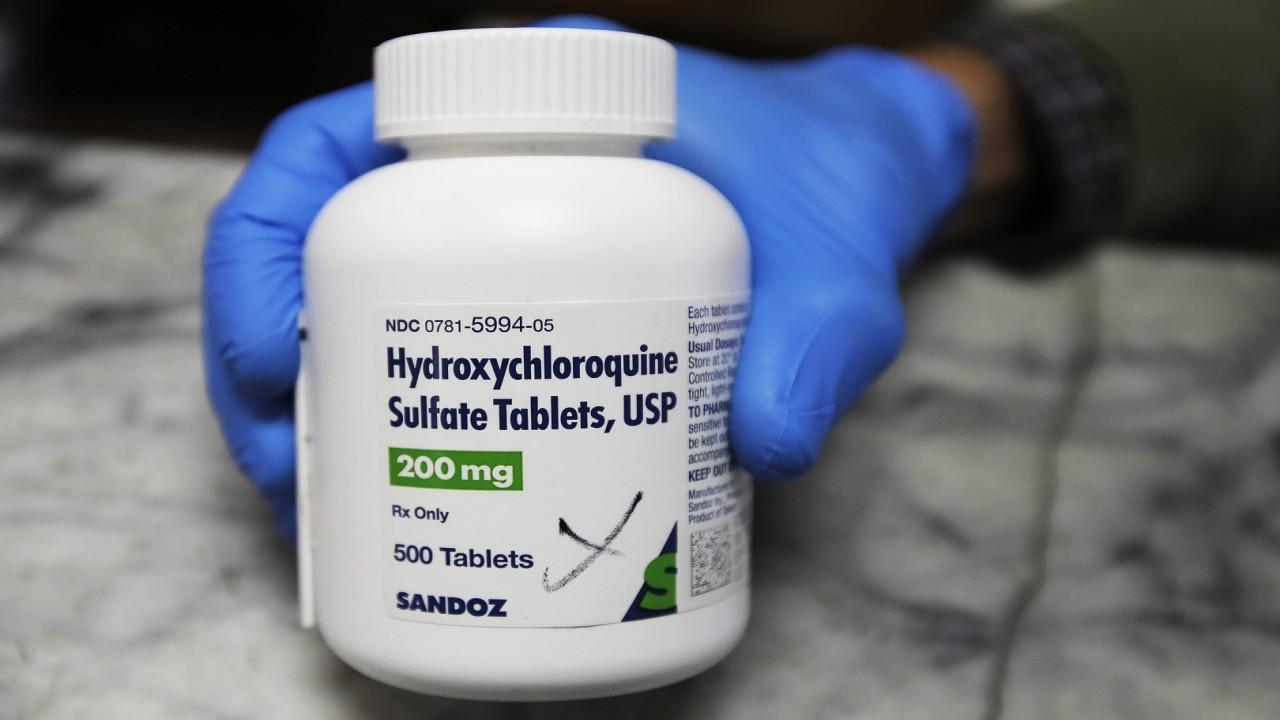Treatment with Hydroxychloroquine, Azithromycin, and Combination in Patients Hospitalized with COVID-19
Highlights
• As of May27, 2020 there are over 1,678,843 confirmed cases of COVID-19 claiming more than 100,000 lives in the Unites States. Currently there is no known effective therapy or vaccine.
• According to a protocol-based treatment algorithm, among hospitalized patients, use of hydroxychloroquine alone and in combination with azithromycin was associated with a significant reduction in-hospital mortality compared to not receiving hydroxychloroquine.
• -Findings of this observational study provide crucial data on experience with hydroxychloroquine therapy, providing necessary interim guidance for COVID-19 therapeutic practice.
Abstract
Significance
The United States is in an acceleration phase of the COVID-19 pandemic. Currently there is no known effective therapy or vaccine for treatment of SARS-CoV-2, highlighting urgency around identifying effective therapies.
Objective
The purpose of this study was to evaluate the role of hydroxychloroquine therapy alone and in combination with azithromycin in hospitalized patients positive for COVID-19.
Design
Multi-center retrospective observational study
Setting
The Henry Ford Health System (HFHS) in Southeast Michigan: large six hospital integrated health system; the largest of hospitals is an 802-bed quaternary academic teaching hospital in urban Detroit, Michigan.
Participants
Consecutive patients hospitalized with a COVID-related admission in the health system from March 10,2020 to May 2,2020 were included. Only the first admission was included for patients with multiple admissions. All patients evaluated were 18 years of age and older and were treated as inpatients for at least 48 hours unless expired within 24 hours.
Exposure
Receipt of hydroxychloroquine alone, hydroxychloroquine in combination with azithromycin, azithromycin alone, or neither.
Main Outcome
The primary outcome was in-hospital mortality.
Results
Of 2,541 patients, with a median total hospitalization time of 6 days (IQR: 4-10 days), median age was 64 years (IQR:53-76 years), 51% male, 56% African American, with median time to follow-up of 28.5 days (IQR:3-53). Overall in-hospital mortality was 18.1% (95% CI:16.6%-19.7%); by treatment: hydroxychloroquine + azithromycin, 157/783 (20.1% [95% CI: 17.3%-23.0%]), hydroxychloroquine alone, 162/1202 (13.5% [95% CI: 11.6%-15.5%]), azithromycin alone, 33/147 (22.4% [95% CI: 16.0%-30.1%]), and neither drug, 108/409 (26.4% [95% CI: 22.2%-31.0%]). Primary cause of mortality was respiratory failure (88%); no patient had documented torsades de pointes. From Cox regression modeling, predictors of mortality were age>65 years (HR:2.6 [95% CI:1.9-3.3]), white race (HR:1.7 [95% CI:1.4-2.1]), CKD (HR:1.7 [95%CI:1.4-2.1]), reduced O2 saturation level on admission (HR:1.5 [95%CI:1.1-2.1]), and ventilator use during admission (HR: 2.2 [95%CI:1.4-3.3]). Hydroxychloroquine provided a 66% hazard ratio reduction, and hydroxychloroquine + azithromycin 71% compared to neither treatment (p < 0.001).
Conclusions and Relevance
In this multi-hospital assessment, when controlling for COVID-19 risk factors, treatment with hydroxychloroquine alone and in combination with azithromycin was associated with reduction in COVID-19 associated mortality. Prospective trials are needed to examine this impact.
Source: ijidonline













